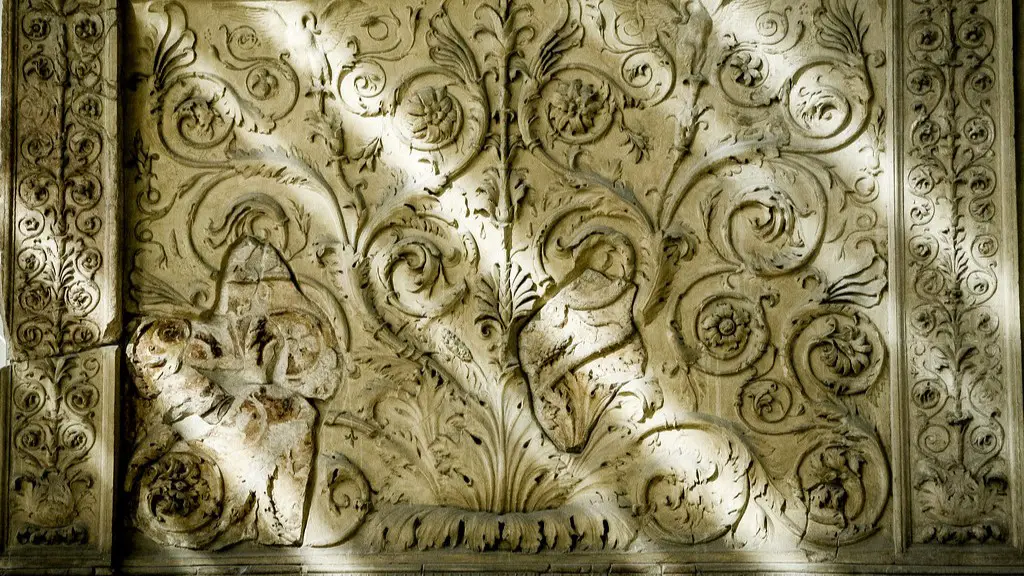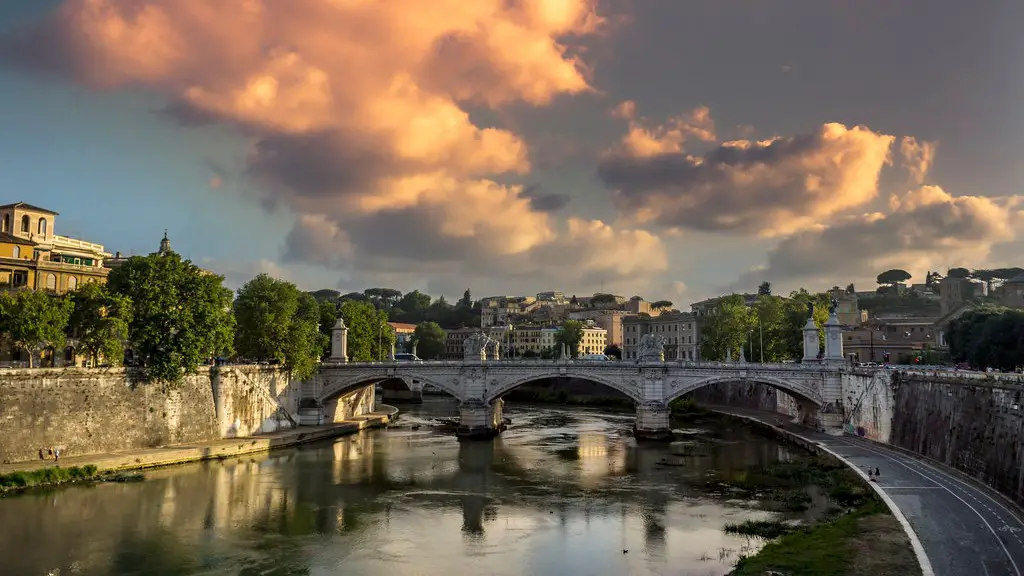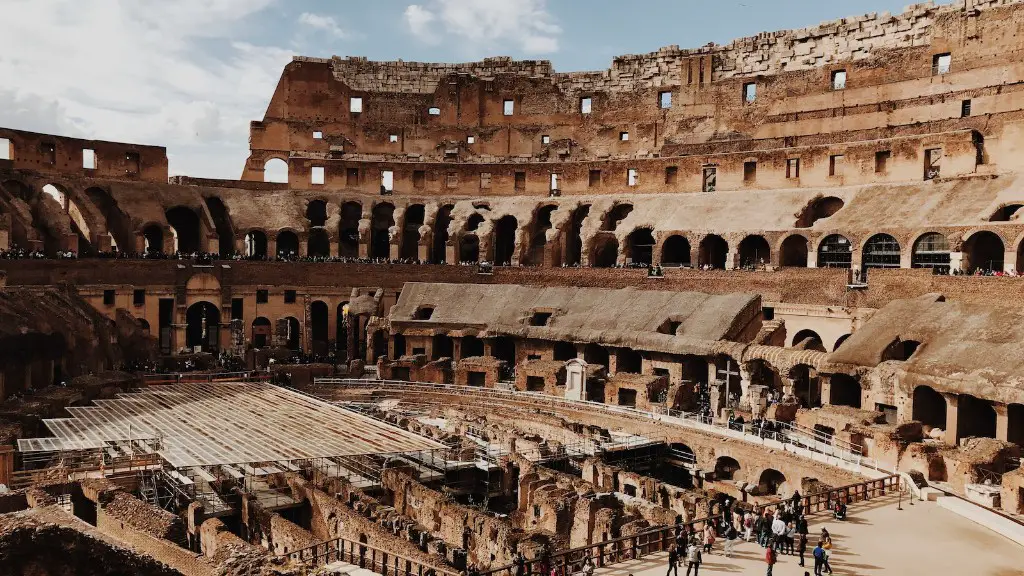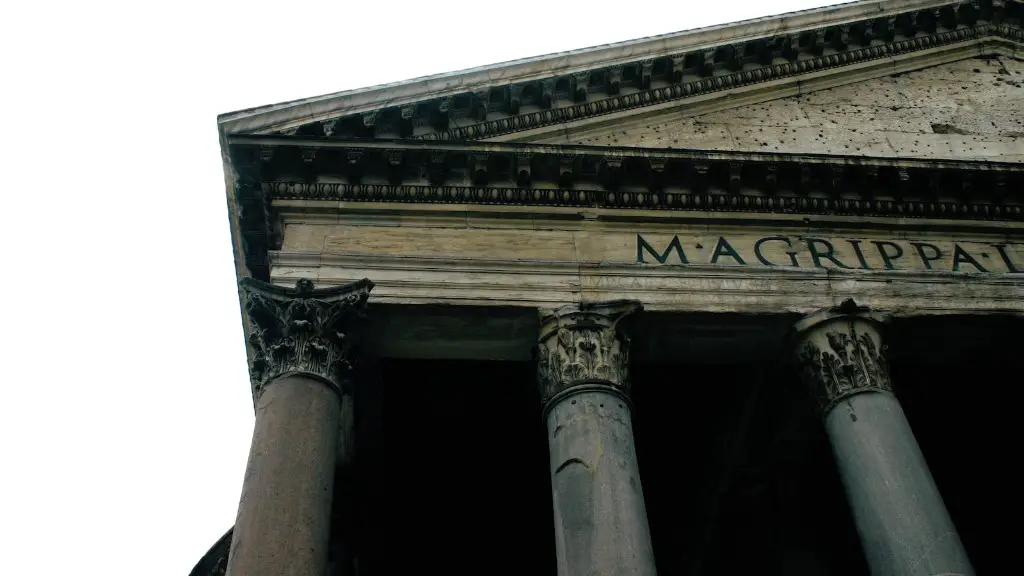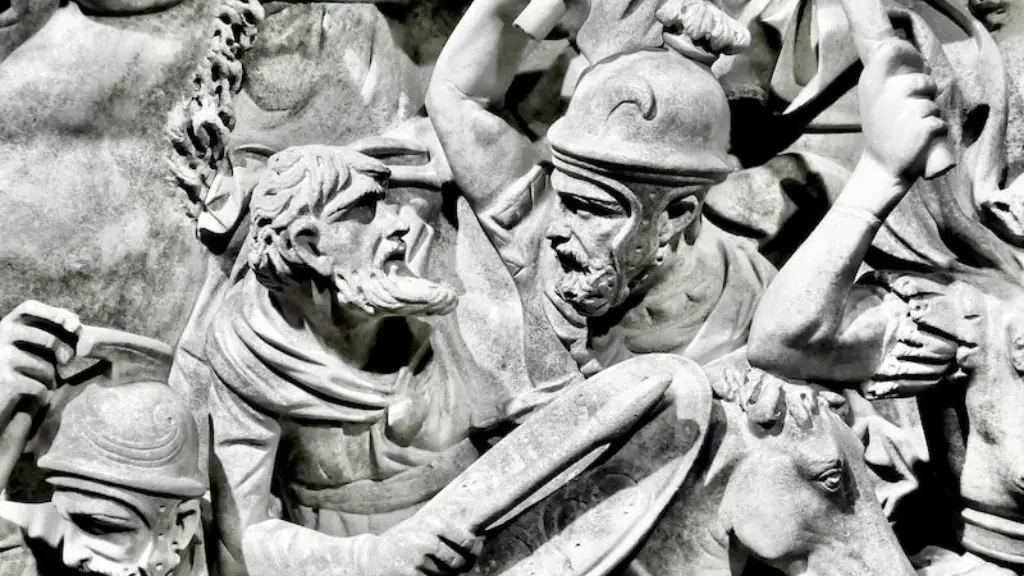Ancient Rome was one of the ancient world’s most powerful empires, with a formidable military and strong central government. But what was life like in Rome and what was the average life expectancy of its citizens?
Life in ancient Rome was often difficult and full of risk. Disease and famine were common, and the average life expectancy was just 20–30 years, according to historians. It was only among the upper classes, who had access to better nutrition, healthcare, and housing, that the average life expectancy was higher. Of course, there were many exceptions and some young Roman citizens did live to an old age.
So, why was life expectancy so low in ancient Rome? Often, it was due to the low levels of health and medical knowledge of the time. Roman doctors had little understanding of how disease spread, did not use sanitisation or hygiene practices, and relied heavily on superstitious treatments such as luck charms and amulets.
In addition, Roman infrastructure and sanitation practices did not keep pace with the growth of their cities. As a result, their streets were often clogged with human and animal waste, leading to the spread of infectious diseases. Poor nutrition and a lack of clean drinking water only added to the problem.
Not surprisingly, infant mortality was very high in Rome. According to some estimates, up to 25% of Roman babies died before their first birthday. This was a major contributing factor to the low life expectancy. Other factors, such as war and crime, also had an impact. Roman society was violent and crime was rampant, leading to a relatively high risk of injury and death.
It’s worth noting that life expectancy varied dramatically depending on social class. The upper classes had access to better nutrition and medical care, leading to significantly higher life expectancies. On the other hand, the lower classes often had to deal with poor sanitation, malnutrition, and crime, resulting in a much lower life expectancy.
In conclusion, life expectancy in ancient Rome was lower than in many other contemporary societies. This can be attributed to a variety of factors, such as limited medical knowledge, poor sanitation and nutrition, and a high risk of violent crime.
Income Disparity
In Ancient Rome, there were significant differences in the life expectancy between the rich and the poor. The wealthiest citizens had access to better nutrition, healthcare, and healthier living conditions, and so had a higher average life expectancy than the lower classes.
This class divide was further emphasized by the tax structure of Ancient Rome. The rich were able to pay for tax exemptions and legal leniency, while the poor were left with a high tax burden and limited legal recourse.
This inequity had real consequences for the life expectancy of Roman citizens. It was estimated that the wealthiest citizens had life expectancies up to twice as long as the poorest citizens. This was largely due to the fact that the wealthier citizens had access to better nutrition, healthcare, and cleaner living conditions, while the poorer citizens often had to make do with inadequate housing, unsafe water, and a scarcity of food.
In addition, the wealthier citizens had legal recourse when their rights were violated, while the poorer citizens often had to make do with whatever justice they could muster. This legal inequity only served to widen the gap between the wealthy and the poor.
Living Conditions
Living conditions were also a key factor in the life expectancy of Roman citizens. The wealthiest citizens often had access to luxurious villas, with plentiful food and good healthcare. On the other hand, the poor were often relegated to cramped, dirty, and poorly-ventilated apartments, with few amenities and little access to healthcare.
The living conditions of the poor were often exacerbated by the ever-present danger of disease. Unsanitary conditions, such as poor plumbing, animal waste, and standing water, meant that outbreaks of illnesses such as cholera and typhoid were common, and often deadly. This was especially true in the crowded slums of Rome, where the risk of contagion was much higher.
In addition to the risk of disease, the poor were often subject to violence and crime. This, in turn, increased the risk of injury and death, further reducing life expectancy.
Overall, living conditions were a major factor in the life expectancy of Roman citizens. The wealthy had access to better housing, food, and healthcare, while the poor had to make do with little help and often unbearably cramped and dangerous living conditions.
Medical Care
Medical care in Ancient Rome was limited due to a lack of knowledge and technology. Roman physicians lacked an understanding of how disease spread and had few treatments to offer. They relied primarily on superstitious remedies such as fortunate amulets and luck charms, as well as focusing on external symptoms rather than diagnosing the underlying causes of illness.
In addition, Roman physicians did not use sanitisation or hygiene practices. This meant that diseases often spread quickly and treatments were often ineffective. This was especially true for the poor, who lacked access to the better-trained doctors of the upper classes.
Overall, the medical care of Ancient Rome was limited by the lack of knowledge and technology of the time. Roman doctors had few methods of diagnosis and treatment, which meant that even common illnesses were often fatal.
Overall Impact
The average life expectancy in Ancient Rome was typically lower than in many other contemporaneous societies due to a number of factors. These included a lack of medical understanding and sanitation practices, poor nutrition, limited access to healthcare, and a high rate of violent crime.
Additionally, there was a stark disparity in life expectancy between the wealthy and the poor due to their differing living conditions and access to healthcare. This inequality only served to further reduce the overall life expectancy of Roman citizens, as the wealthier classes had access to better nutrition, healthcare, and legal protection.
Overall, life expectancy in Ancient Rome was lower than in many other contemporary societies. This can be attributed to a lack of medical knowledge, poor sanitation and nutrition, and a high risk of injury and death due to violence and crime.
